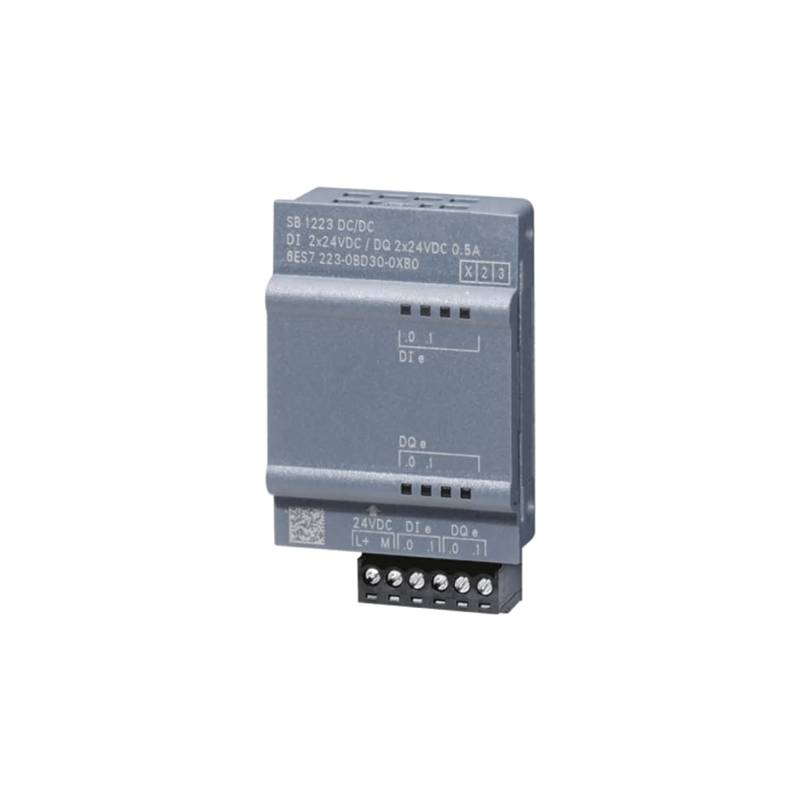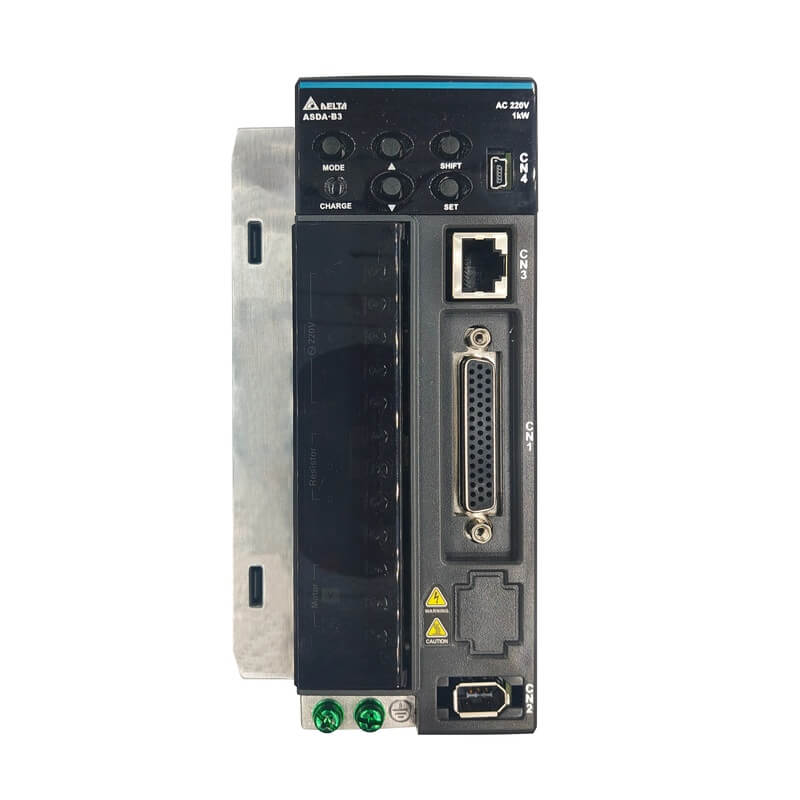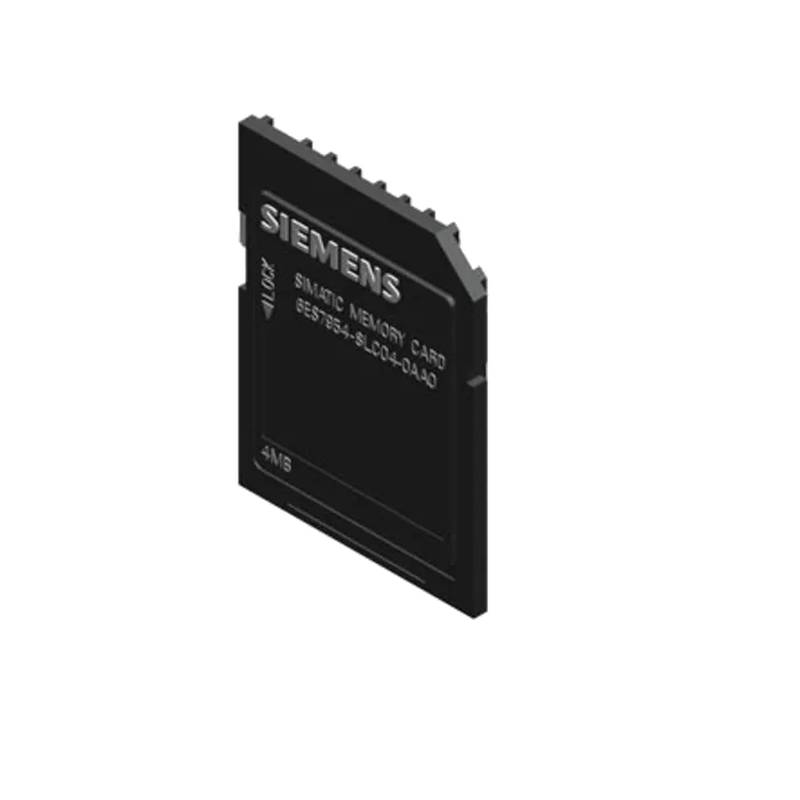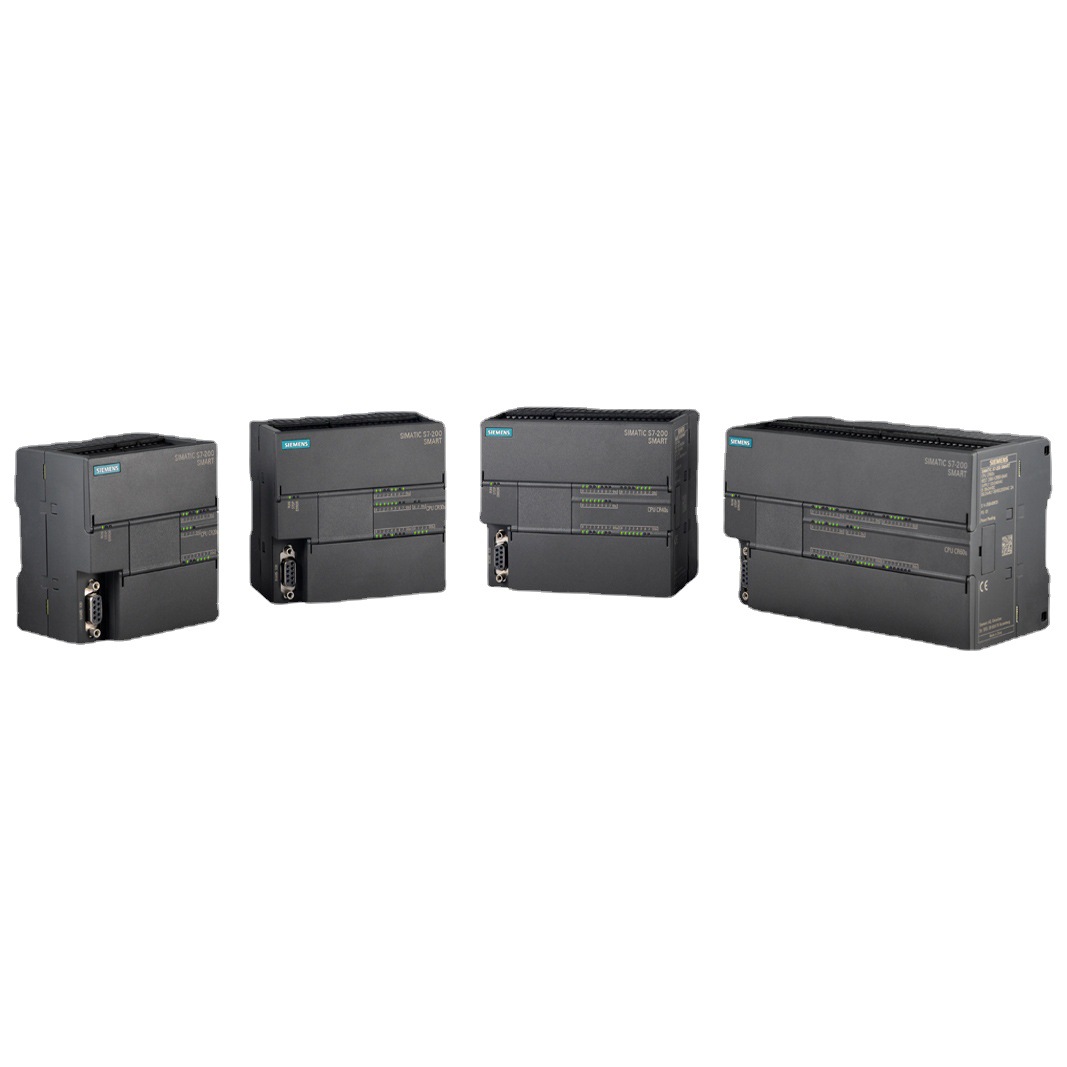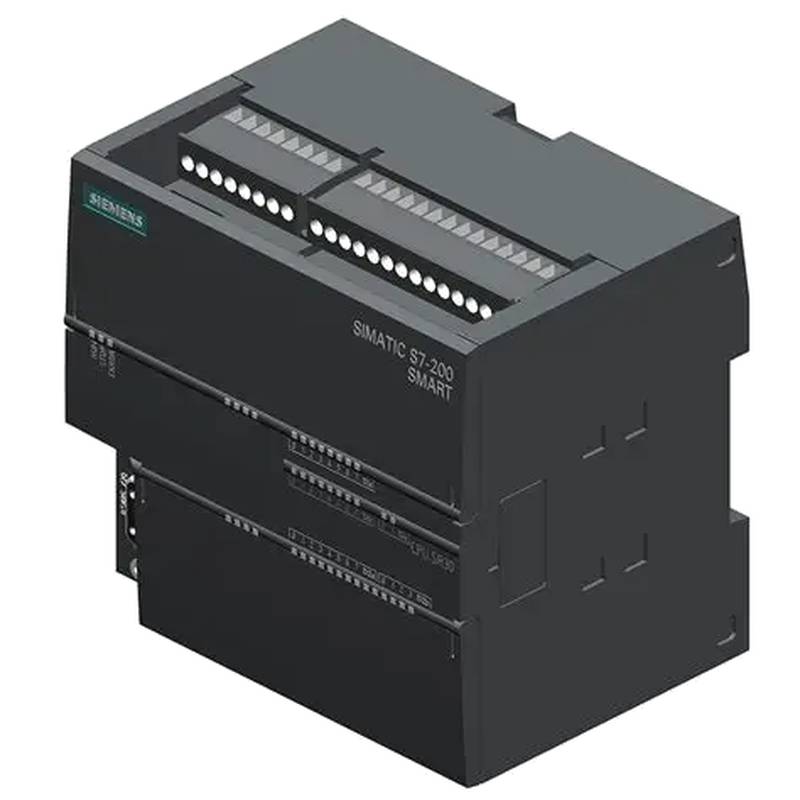
The Delta DVP08XN211R stands as a robust relay output module within the DVP series, engineered for demanding industrial control applications. This module offers crucial advantages in terms of reliability, flexibility, and seamless integration into automated systems. Its core features include eight individual relay outputs, a compact form factor, and compatibility with a wide range of Delta's programmable logic controllers (PLCs), making it an indispensable component for enhancing control capabilities. Key technical parameters include a 250VAC/2A or 30VDC/2A contact rating per channel, a response time of typically 10ms, and an operating temperature range of 0°C to 55°C.
Product Specifications
| Specification | Value |
| :-------------------- | :--------------------------------------- |
| Output Type | Relay |
| Number of Outputs | 8 |
| Max. AC Voltage/Current | 250VAC / 2A |
| Max. DC Voltage/Current | 30VDC / 2A |
| Response Time (ms) | Approx. 10 |
| Operating Temperature | 0°C to 55°C |
| Dimensions (W x H x D) | 79mm x 90mm x 60mm |
| Power Consumption | 0.5W |
| Insulation Resistance | > 100 MΩ (500VDC) |
Core Features & Market Positioning
The Delta DVP08XN211R differentiates itself through its high-quality relay contacts, ensuring dependable switching performance for inductive and resistive loads common in industrial environments. Its solid construction and adherence to rigorous quality standards position it as a reliable choice for sectors demanding uptime and precision, such as manufacturing, material handling, and building automation. The module's straightforward DIN rail mounting and standard connection terminals facilitate quick installation and maintenance, minimizing downtime. Furthermore, its integration within the broader Delta DVP ecosystem allows for straightforward expansion of PLC capabilities, offering a cost-effective solution for projects requiring more output points without a full PLC upgrade.
Key Application Scenarios
This relay output module finds extensive use in controlling a variety of electrical devices. Common applications include actuating contactors for motors, solenoid valves for pneumatic or hydraulic systems, indicator lights, alarms, and small heating elements. Industries such as food and beverage processing, packaging machinery, and water treatment facilities frequently deploy the DVP08XN211R to manage sequential operations and provide discrete control signals. Its ability to switch both AC and DC loads offers significant versatility for diverse control tasks within a single system.
Practical System Integration Guidance
Integrating the Delta DVP08XN211R into an existing PLC system is designed to be efficient. The module typically connects to the base PLC unit via a dedicated connector or expansion bus. Wiring involves connecting the common terminals for each group of outputs and then running individual wires from the normally open (NO) or normally closed (NC) contacts to the respective loads. When programming, users will assign specific PLC output addresses to control each relay channel. For instance, in the Delta ISPSoft programming software, you would map a digital output bit from the PLC's internal memory to activate the desired relay on the DVP08XN211R. Ensure power supply voltage requirements for both the PLC and the controlled devices are met.
Operation and Risk Mitigation
Proper operation of the DVP08XN211R involves ensuring that the total current drawn by the connected loads does not exceed the module's specifications (2A per channel, 8A total if all outputs are simultaneously active and within their individual ratings). Overloading individual relays or the entire module can lead to premature failure or electrical hazards. Users should implement appropriate overcurrent protection, such as fuses or circuit breakers, for both the PLC power supply and the loads connected to the relay outputs. Regular inspection of wiring for signs of wear or damage is also crucial for preventing short circuits and ensuring operational safety. Consult the specific Delta PLC's user manual for detailed wiring diagrams and safety precautions.
Scalability & Long-Term Value
The Delta DVP08XN211R offers excellent scalability by allowing users to expand the number of output points as their automation needs grow. It can be easily added to existing Delta DVP series PLC systems that support expansion modules, enabling the control of more devices or functions without replacing the entire PLC. This modular approach ensures long-term value by providing an upgrade path that is both cost-effective and efficient. Compatibility with Delta's broader industrial automation portfolio, including human-machine interfaces (HMIs) and variable frequency drives (VFDs), allows for the development of integrated solutions that can incorporate advanced digital communication and IIoT capabilities for enhanced monitoring and control.
Frequently Asked Questions
What is the maximum current rating for each relay output on the Delta DVP08XN211R?
Each individual relay output on the Delta DVP08XN211R is rated for a maximum of 2 Amperes at both 250VAC and 30VDC. This capacity is suitable for controlling a wide array of common industrial devices like contactors, solenoids, and indicator lamps. Exceeding this limit for any single output channel can cause overheating and damage to the relay contacts.
It is important to consider the cumulative current draw if multiple outputs are activated simultaneously. While each channel has its own limit, the total current across all channels should also be within safe operating parameters to prevent excessive heat buildup within the module. Always refer to the product's detailed datasheet for total module current limitations.
For applications requiring higher current switching, external contactors or solid-state relays (SSRs) controlled by the DVP08XN211R's low-current outputs are recommended. This approach effectively isolates the higher current loads from the PLC module itself.
How do I wire the Delta DVP08XN211R to my PLC and external devices?
Wiring involves connecting the module to the PLC's expansion port and then to your field devices. The DVP08XN211R typically mounts adjacent to the main PLC unit and connects via a ribbon cable or direct connector. You will need to wire a common power source to the designated common terminals on the module.
Each of the eight relay outputs has normally open (NO) and normally closed (NC) contacts, along with a common terminal. For simple on/off control, you typically wire one side of your load (e.g., a motor contactor coil) to the common terminal of a relay and the other side to a switched power source. The PLC will then energize or de-energize the relay to control the load.
Always verify the voltage and current ratings of your load devices match or are within the capabilities of the DVP08XN211R and the connected power supply. Utilize appropriate wire gauges and ensure secure connections to prevent electrical faults.
Can the Delta DVP08XN211R be used in extreme temperature environments common in industrial settings?
The Delta DVP08XN211R is designed for industrial operation and has a specified operating temperature range from 0°C to 55°C (32°F to 131°F). This range covers most standard indoor industrial and commercial environments. For applications operating at temperatures significantly outside this range, such as in outdoor enclosures or near high-heat machinery, alternative solutions may be necessary.
It is crucial to ensure proper ventilation around the PLC and its expansion modules. High ambient temperatures can significantly impact the lifespan and performance of electronic components. If operating near the upper limit of the specified range, consider using forced air cooling or placing the module in a climate-controlled panel.
For exceptionally cold or hot environments, Delta may offer specialized industrial-grade products or recommend specific enclosure designs with heating or cooling systems. Always consult the official Delta documentation for precise environmental specifications and installation guidelines.
















